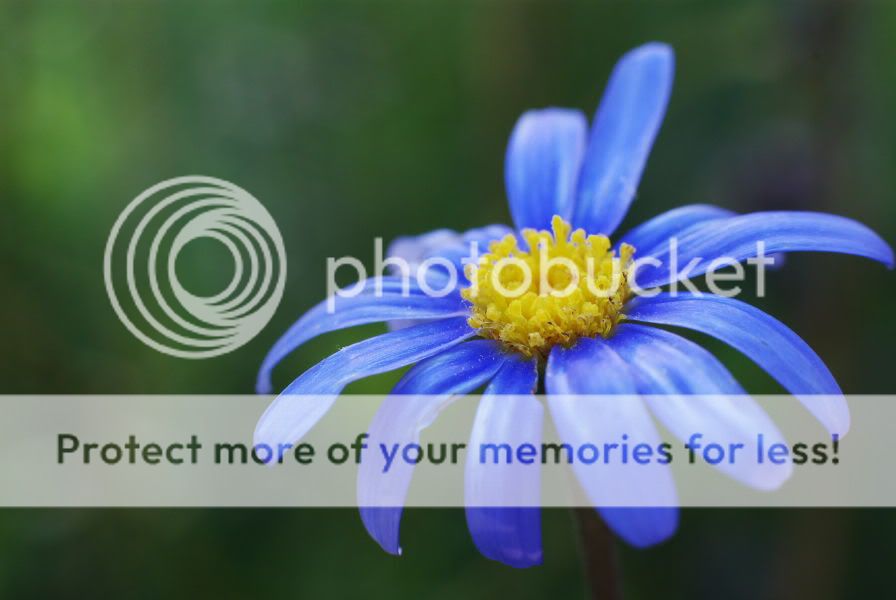I like the photo above. I like the color and shape of the flower's petals. Some readers, however, may notice those hexagonal shaped points of light in the background and say: "Uh-oh! Bad bokeh!"
The term "bokeh" describes the quality of the out-of-focus areas in a photo, when a shallow depth of field is used. When a lens produces a good bokeh, the out-of-focus highlights have fuzzy edges and are smoothly blurred, forming a pleasant background without distracting artifacts. Some people use the expression "creamy bokeh" in opposition to "nervous bokeh" to describe the good and bad forms of bokeh.
The lens optical construction will determine its bokeh. In addition, the number of diaphragm blades in the lens will determine the shape of out-of-focus points of light. Lens with six blades will create hexagonal shaped highlights. Nowadays, many lens have nine or more blades or curved blades in order to generate more "pleasing" circular highlights. The higher number of blades does not imply a better bokeh, though. The distinguishing factor is not the shape of the points of light, but how their brightness is distributed.
 In a lens with poor bokeh, the edges are noticeably brighter than the center and the overall effect in the background of a photo can be quite unpleasant and distracting, as in the cropped sample shown left (taken from the web - lens unknown). For good bokeh, the edges have to be diffuse and the center is the brighter area. The Zeiss lens used in the first photo produces the so called "neutral" bokeh, since the brightness is uniform across the hexagons. If you're interested in reading more about this, Ken Rockwell has a nice article on bokeh here and Rick Denney describes the results of a very informative lens test here.
In a lens with poor bokeh, the edges are noticeably brighter than the center and the overall effect in the background of a photo can be quite unpleasant and distracting, as in the cropped sample shown left (taken from the web - lens unknown). For good bokeh, the edges have to be diffuse and the center is the brighter area. The Zeiss lens used in the first photo produces the so called "neutral" bokeh, since the brightness is uniform across the hexagons. If you're interested in reading more about this, Ken Rockwell has a nice article on bokeh here and Rick Denney describes the results of a very informative lens test here.As you may have guessed, many Zeiss lenses have only six straight blades and many people will quickly point their reproaching fingers at those hexagons. Of course, the photo I've shown in the beginning is not really a severe example, since the highlights are quite faint.
My view on hexagonal highlights is: if you were distracted by them, then most probably the photo was not very interesting.
Just to finish up, here's a couple more photos of those blue flowers, taken with another lens. I'm sure some bokeh purists might find several optical aberrations here. I really like the photos though.



No comments:
Post a Comment